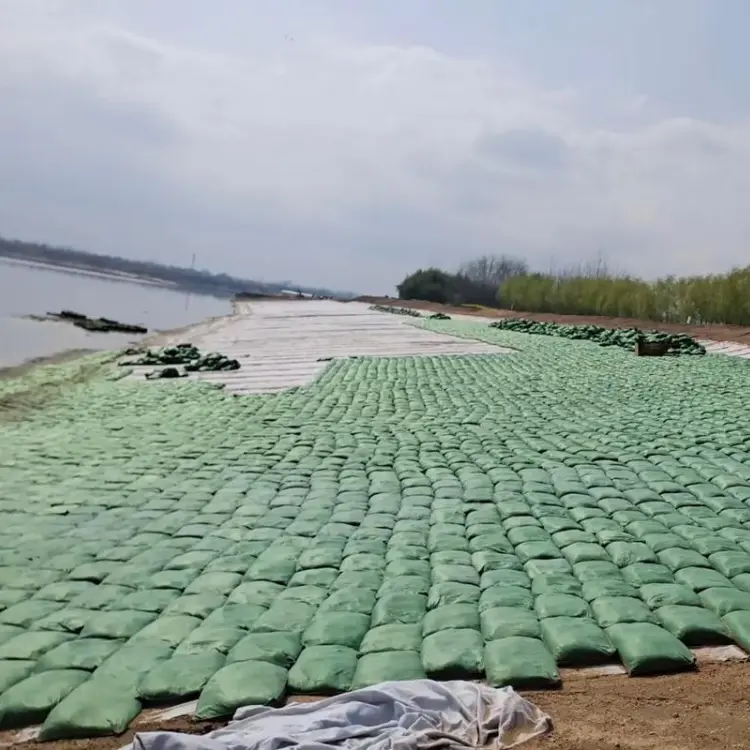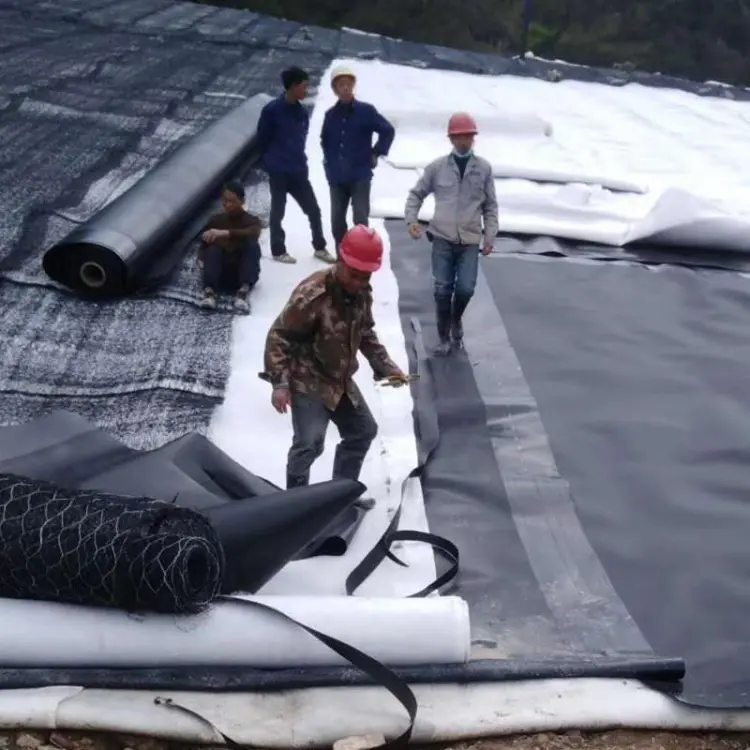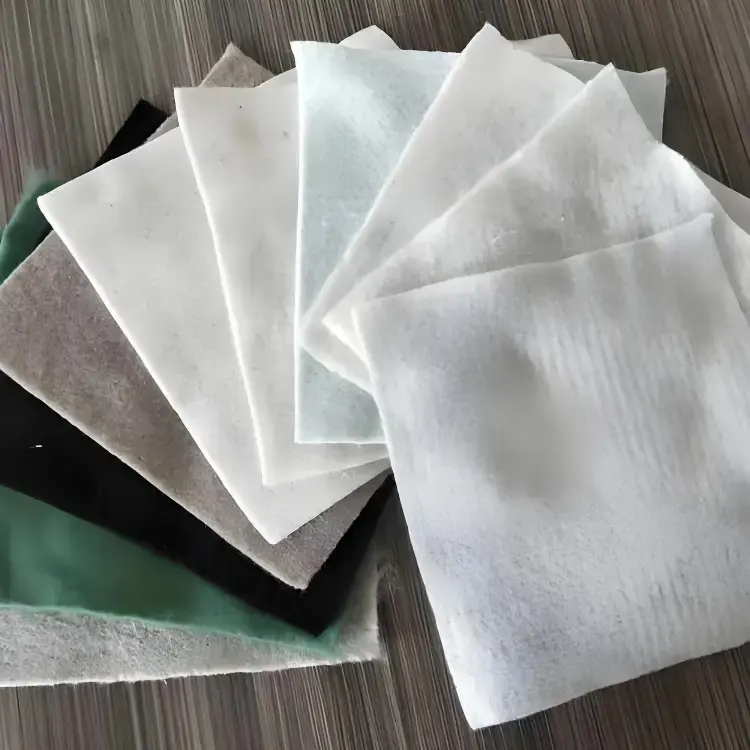In civil and flood control engineering, sandbags serve as essential protective materials for temporary or permanent structural reinforcement. With advancements in geosynthetic technology, geotextile sandbags have emerged as superior alternatives to traditional counterparts. Below are five key distinctions to inform material selection:
I. Material Properties
a) Geotextile Sandbags
- Composition: Polymer-based materials (polypropylene/polyester) offering high strength, corrosion resistance, and UV stability
- Design: Woven/non-woven construction providing optimal filtration with low permeability
- Durability: 5-10+ year lifespan under harsh environmental conditions
b) Traditional Sandbags
- Composition: Natural fibers (jute/cotton) or low-grade synthetics
- Design: Simple single-layer woven structure
- Durability: Rapid degradation from UV exposure, moisture, and chemicals
II. Construction Efficiency
a) Geotextile Sandbags
- Speed: 40% faster installation via mechanized filling/placement
- Precision: Conforms to complex terrains and structural requirements
- Handling: Lightweight design reduces labor by 30-50%
b) Traditional Sandbags
- Speed: Manual filling/placement extends project timelines
- Precision: Limited adaptability to irregular contours
- Handling: Heavyweight necessitates intensive labor
III. Impermeability Performance
a) Geotextile Sandbags
- Filtration: Prevents soil particle migration while permitting water passage
- Permeability: Low coefficient (10⁻⁴~10⁻⁶ cm/s) controls seepage effectively
b) Traditional Sandbags
- Filtration: Significant soil loss due to poor particle retention
- Permeability: High coefficient (10⁻²~10⁻³ cm/s) compromises flood barriers

IV. Environmental Resilience
a) Geotextile Sandbags
- UV resistance: Maintains 90% strength after 2000+ hours exposure
- Chemical tolerance: Withstands pH 2-13 environments
- Temperature range: Operational from -40°C to 80°C
b) Traditional Sandbags
- UV vulnerability: Loses 50% strength within 6 months
- Chemical sensitivity: Degrades in saline/acidic conditions
- Temperature limits: Becomes brittle below 0°C
V. Economic Efficiency
a) Geotextile Sandbags
- Material cost: Higher initial investment (≈$2.5-4.0/unit)
- Installation: 35% lower labor expenses
- Lifetime cost: 60% reduction over 10-year cycle
b) Traditional Sandbags
- Material cost: Lower upfront (≈$0.8-1.5/unit)
- Installation: High manpower requirements
- Lifetime cost: 3-5x replacement frequency
VI. Case Studies
a) Flood Control Project
Geotextile sandbags constructed temporary levees 48% faster than traditional methods. Their low permeability prevented seepage during Category 3 floods, reducing maintenance costs by 70% over 3 years.
b) Coastal Protection Project
In marine environments, geotextile units maintained structural integrity after 5-year saltwater exposure, while traditional bags required annual replacement. Wave dissipation efficiency increased by 40%.
VII. Conclusion
Geotextile sandbags demonstrate superior mechanical properties, 40-50% faster installation, exceptional impermeability, and extended service life in harsh environments. Though 200-300% more expensive initially, they deliver 60-75% lifetime cost savings. Traditional sandbags remain viable only for short-term, low-budget applications where durability isn’t critical.

